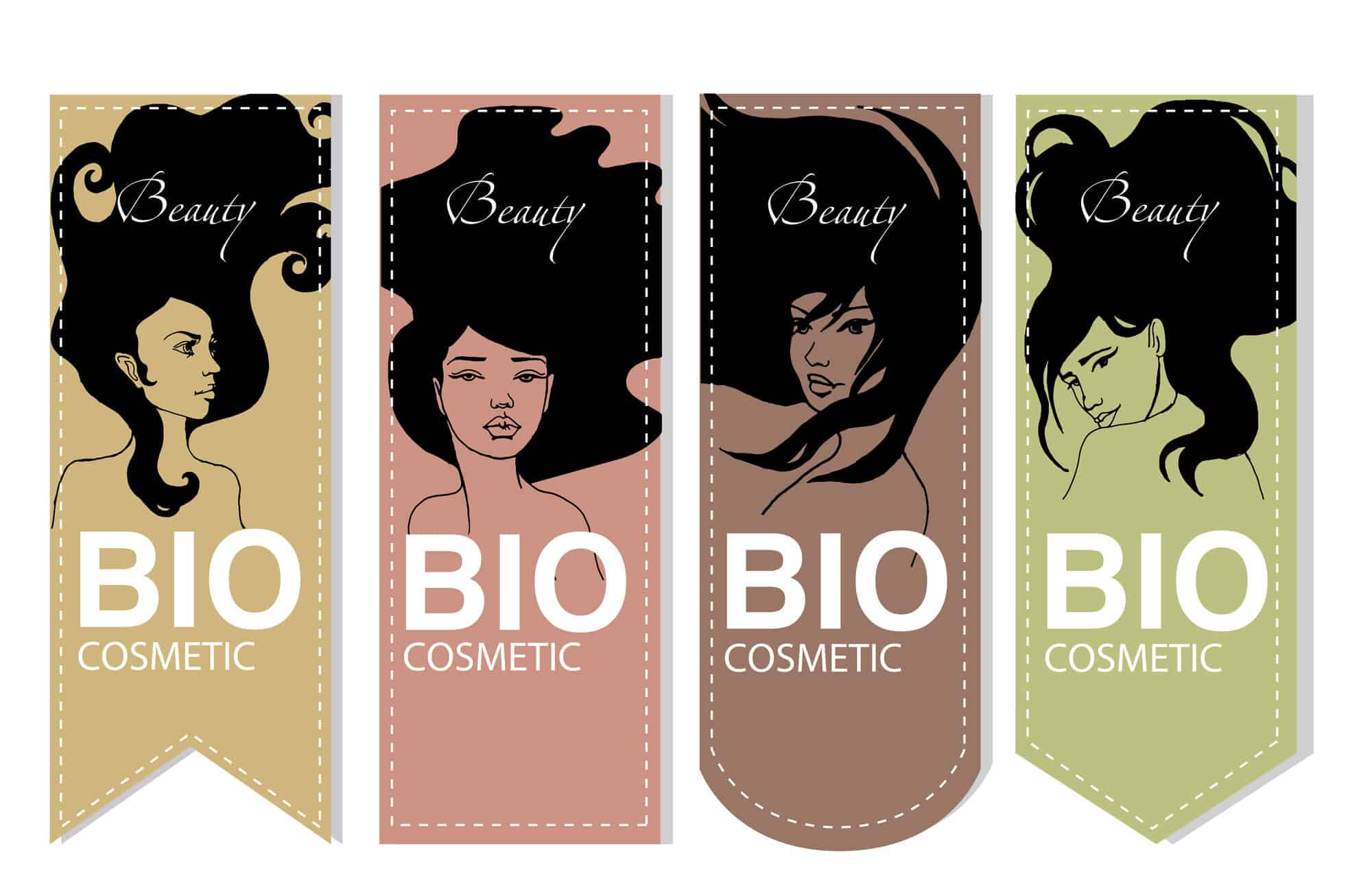Researchers have succeeded in developing innovative chemicals and products based on sustainable surfactants with low toxicity
[Translation by Dr. Moshe Nachmani]

The natural resources on earth are running out, and at the same time they are the basis for prosperity and human development. This dilemma the European Union hopes to solve with the help of its revised bioeconomy strategy. Instead of relying on fossil-based materials, the new economy will rely on renewable materials. These materials include, among others, plants, trees, microorganisms as well as algae. Ultimately, such an economy will exist in a closed cycle, but to reach this point of a circular bioeconomy, a significant change in the production methods of chemicals will be necessary. Mainly, the change will have to include production based on bio-materials, instead of crude oil.
Based on these requirements, two American chemists (Paul Anastas, John C. Warner) formulated the twelve principles for green chemistry back in 1998. One of their principles was quite neglected until recently, and it is: reducing the environmental toxicity of the production of new materials. In the framework of an interdisciplinary project ("GreenToxiConomy") this principle is manifested. The purpose of this project was to examine biomaterials as well as innovative technologies and their toxicity effect on the environment in the preliminary phase of product development and then the assimilation of the findings and insights for product design. The participants in this project provided two candidates of bioproducts: plant protection substances contained in special containers based on microgels as well as surface-active biomaterials (biosurfactants). Modern surfactant biomaterials used in shampoos and detergents were based on the biosynthesis capabilities of the bacterium Pseudomonas putida and the fungus Ustilago maydis, instead of being based on crude oil. The technology of the special containers allows a controlled transfer of plant protection substances while making sure that the active substances still bind to the plants even in rainy conditions.
The main researcher explains: "In order to analyze the new materials and innovative technologies, we chose a wide range of concentrations in order to accurately estimate their potential danger to humans and the environment. We wanted to check whether the surface-active biomaterials were more environmentally friendly compared to normal materials. In order to estimate the environmental toxicity in the most accurate way, the researchers combined two elements in determining the toxicity: computer-based prediction (in silico) and laboratory experiments (vitro and in vivo). The computer models were based on the toxicity data of known substances, while comparing their chemical structures with those of the modern bio-materials.
The experiments were conducted with the help of marine and terrestrial creatures that represent specific groups of creatures, including embryos of earthworms, springtails, daphnias, as well as early-stage zebrafish. The result: the two candidate materials, surface-active biomaterials and the microgel were found to be promising candidates for use in a future bioeconomy based on sustainable production that will not harm humans or the environment. Despite these results, further research is still required in order to obtain a more accurate and realistic risk assessment. The researchers conclude and claim that it is already clear that environmental toxicity and green toxicity will be used as important indicators in the development of future bioeconomy production processes.
